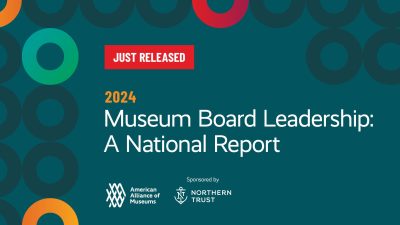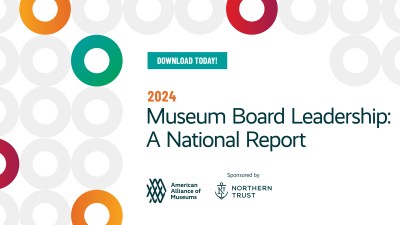AAM’s recently released forecasting report Demographic Transformation and the Future of Museums highlights the gap between current museum audiences and the majority minority future of American society. The sobering statistics are leavened with profiles of museums that are successfully reaching beyond traditional white, affluent, well-educated visitors to serve the next generation of museum-goers. One important segment of those future museum-goers are immigrants. While the majority of US population growth in coming decades will be from native births (principally the children of Latino immigrants,) immigration always has been and will continue to be be an important force in shaping our nation. In the U.S., international migration accounted for one fifth of the net population growth during the twentieth century and almost 40 percent of population growth between 2000 and 2007. According to data from the 2006-2008 American Community Survey, foreign-born individuals are now 12.5 percent of the American population.
The Nassau County Museum of Art, situated on 145 acres of the historic Bryce-Frick estate in Roslyn Harbor, NY, is widely recognized for a fine collection of American, European and Latin American art. Nassau County on Long Island has experienced a 107 percent growth in Hispanic population since 1990 and neighboring Queens is among the most diverse areas in the U.S., with a population that includes many new immigrants. In light of this extraordinary growth, the staff recognized new opportunities for integrating the historic site more fully into the dynamically changing region.
Skip over related stories to continue reading articleIn partnership with Queensborough Community College’s adult literacy program for English language learners, the museum created the “Culture and Literacy through Art” (CALTA) program, specifically geared to new immigrants. Drawing on her own immigrant experience and the challenges of learning a new language through text-based instruction, Patricia Lannes, NCMA’s director of education, understood that images, as well as written texts, could serve as a powerful tool for developing literacy. Works of art can be “visual texts” readily available for decoding by adult immigrants who have a wealth of experience on which to draw as they build vocabulary, practice conversation and articulate interpretation. The program, drawing on the methodology of Visual Thinking Strategies (VTS), engages adult immigrants in facilitated discussions of a painting or sculpture in a provocative but non-threatening conversational mode that can accommodate a first-time museum visitor or an experienced art-world patron. A single work of art offers multiple entry points into a conversation—from description to more complex interpretation that may include aesthetic critique, as well as social and political analysis—in a way that a single written text may not.
The program has proven to be highly popular with participants. Thanks to a National Leadership Grant from IMLS, the museum and community college staffs are now collaborating on plans to develop a teaching institute and a model curriculum that can be shared with other cultural and educational institutions. The beauty of the CALTA program is its versatility; it is also used in family programs that allow separate, but interconnected, intergenerational activities, engaging everyone without disempowering the adults who may not have the same English proficiency as their children. It offers English language learners a means of finding a voice in a new culture and, for some, new modes of critical expression. It is a program that positions the museum as a key player in helping ease the transition of new immigrants into their American communities.









Comments